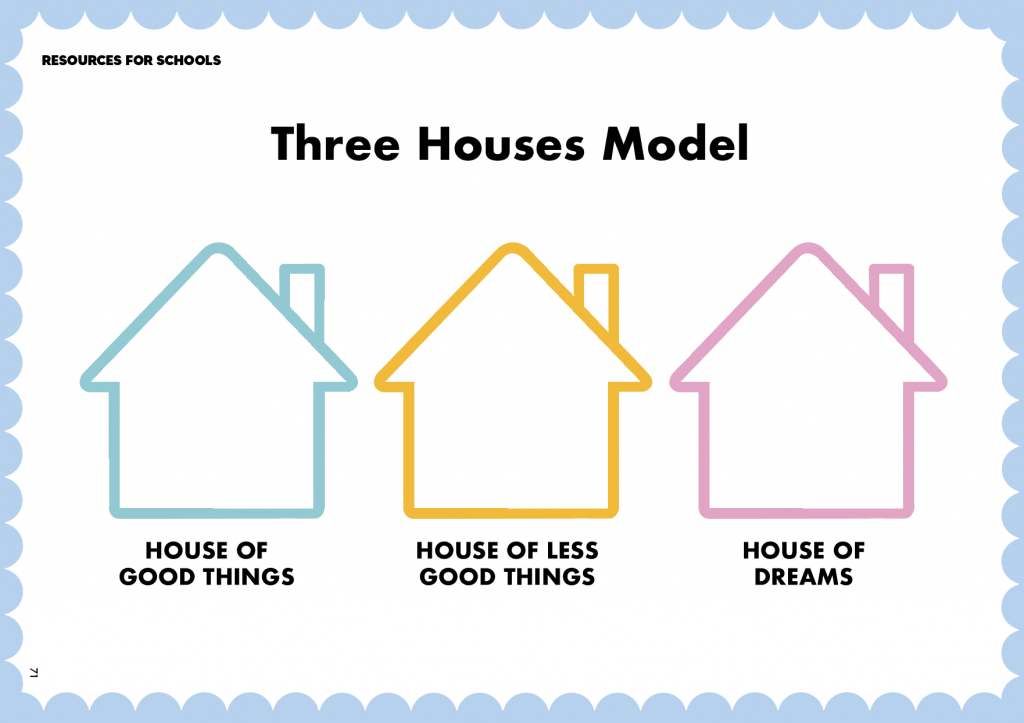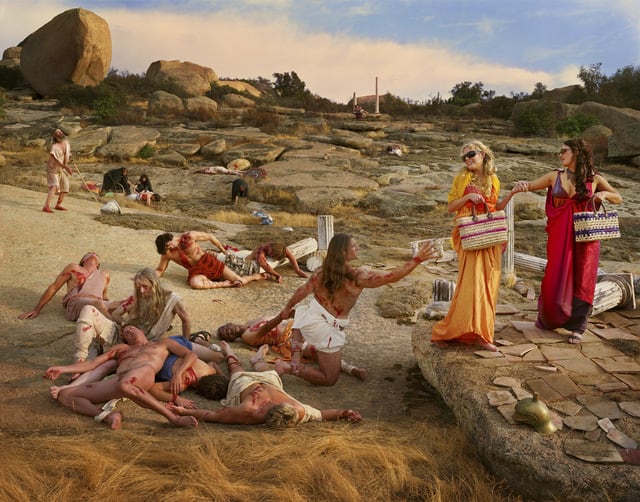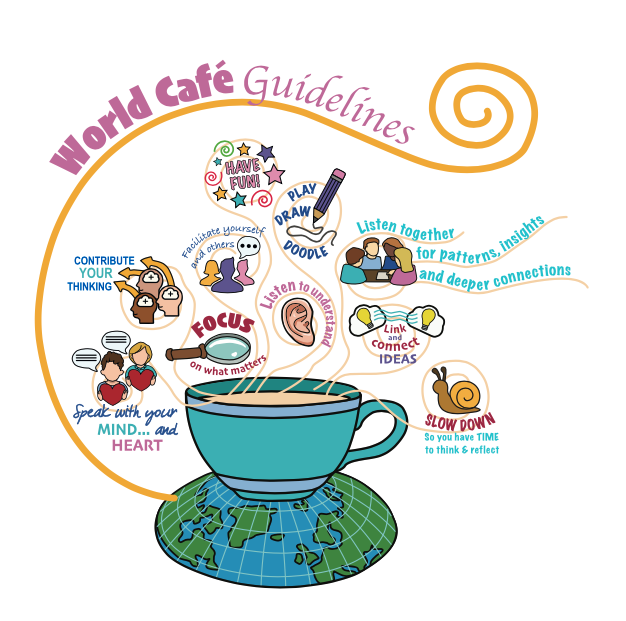What All Schools Can Do to Support Neurodiverse Learners
With thanks to Pete Wharmby (Centre for Research in Autism and Education, CRAE Annual Lecture, 2023)
10 Things All Schools Can Do
- Make sure that all staff know the profile for all relevant learners.
- Have a mentor for each neurodiverse learner – one in which they have some agency.
- Educate all staff about autism – if they have knowledge, they can do a lot.
- Work with your community – employers need to understand neurodiversity, too.
- Open up the issue of difference – move it from insult to fascinating.
- Promote tolerance of and accommodation of difference.
- Accommodate idiosyncrasies (e.g. stimming, walking around, repetitive behaviours, sensitivity to noise, obsessive interests).
- Make the school sensitive to known or potential triggers “of stress or behaviours”. e.g.
- Changes to routine or schedule
- Group work
- Work deadlines
- Presentations
- Reading aloud
- Picking teams
- Prioritise positive relationships with learners and parents (e.g. regular dialogue with parents; support groups for parents) – working together is in everyone’s interests.
- Have available appropriate therapeutic strategies.
Guidance for Schools
The 10 suggestions above provide a useful checklist. They can also be used to create a workshop activity for staff that will sensitise everyone to the issue of supporting neurodiverse learners. They were stimulated by Pete Wharmby’s presentation at the 2023 CRAE Annual Lecture, and most of them were specifically referenced there. Pete is an autistic teacher, writer, speaker, advocate and author. Below are two suggestions about how “10 Things” might be used.
- The first is a simple “bright spots” activity, designed to identify the best of what is currently happening in all 10 areas. The logic of discussing bright spots is to build from the best of what currently happens. “What are the characteristics of this that could be applied more broadly?” and “What would be required to have more like this?”
- The second is an evaluative activity to identify strengths and areas for growth – what is going well (or not) and what more might be done.
Activity 1
- Pre-arrange groups so that there is a good mix of experiences and roles in each group. Prepare a facilitator for each group – someone who will advocate for the activity.
- In groups, discuss the “bright spots” in your school for each of the 10 items. What is the best of what you do? What are the key features of these bright spots?
- Then, come together with new ideas being suggested for each of the 10 items, where relevant, based on the principles or features of your bright spots.
Activity 2
- Before the activity, create sets of cards with one of the 10 suggestions on each card plus five blank cards (to add new things). One set is required for each group.
- Pre-arrange groups (as above).
- First, each group discusses whether they have additional ideas to add on the blank cards.
- They then sort out their top 10 as a group.
- Groups come together and are facilitated to create a composite or consensus top 10 across the groups (“Our school’s top 10 ideas”).
Subsidiary activity either in groups or as a whole staff:
- Arrange this top 10 into three groups – things we do well; things we need to improve on quite a lot; things we value but are not currently ready to do.
- Using post-it notes (green for positive affirmation, amber for creative improvement ideas, red for “we’re not close on this”), decorate ideas around the ten cards, starting with amber, then green, then, if time, red.

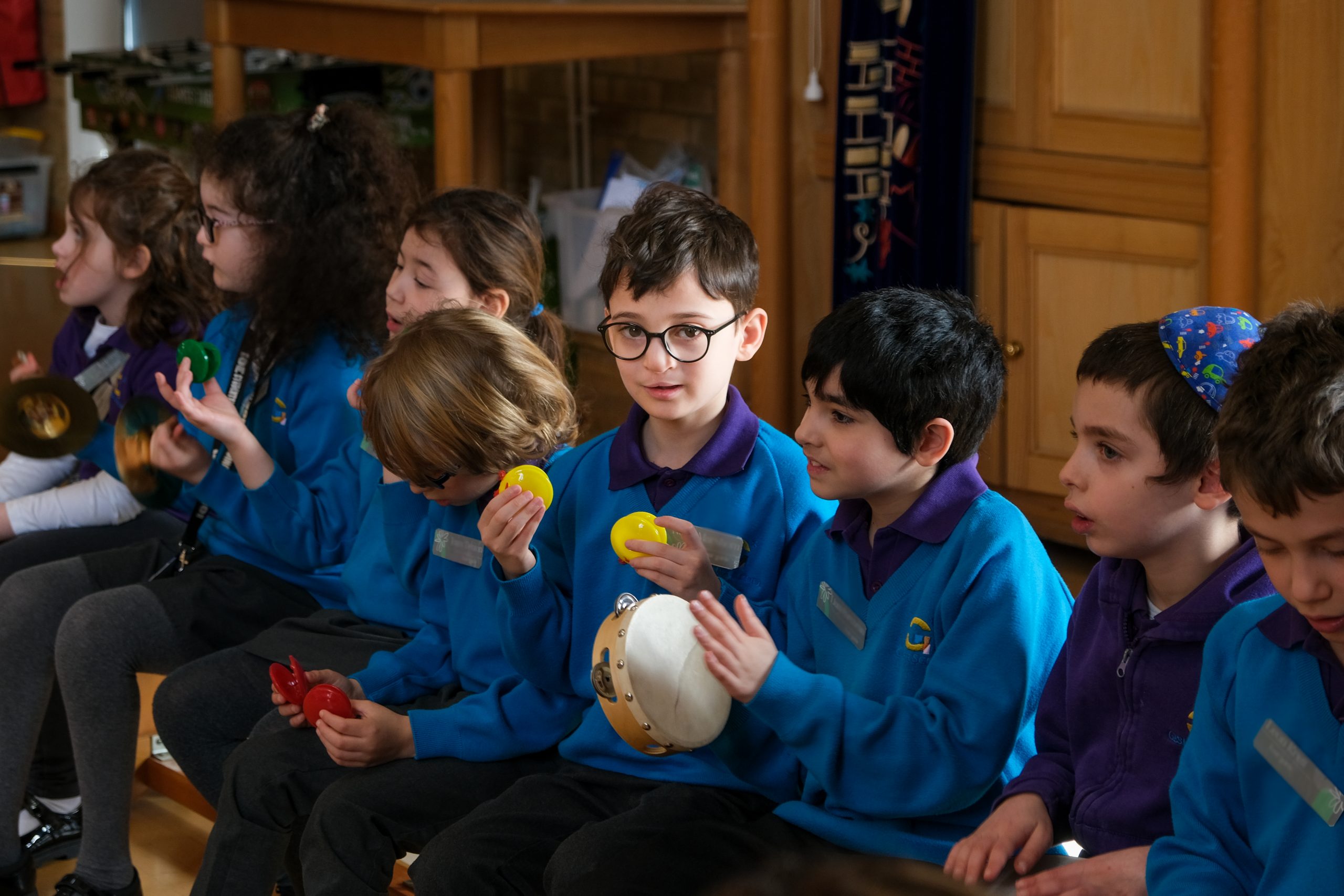

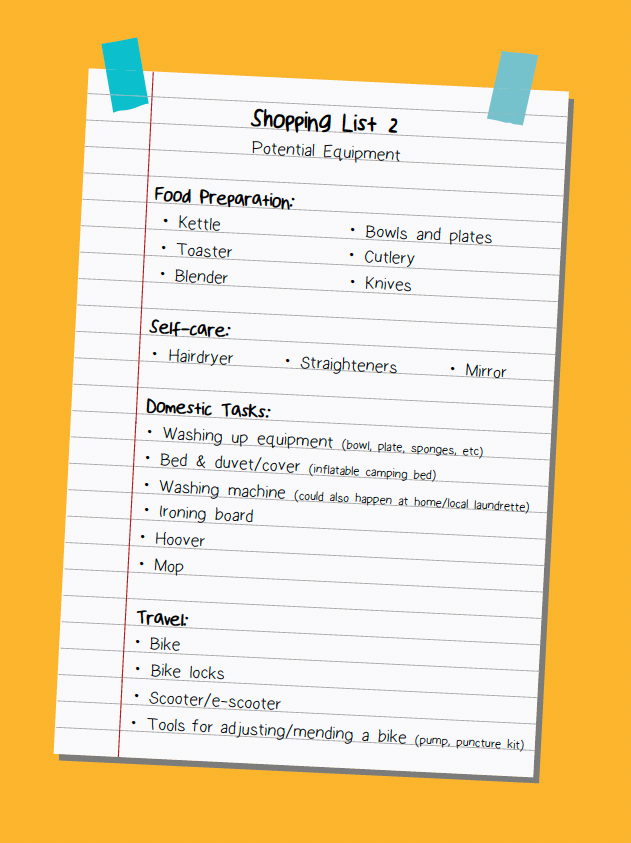
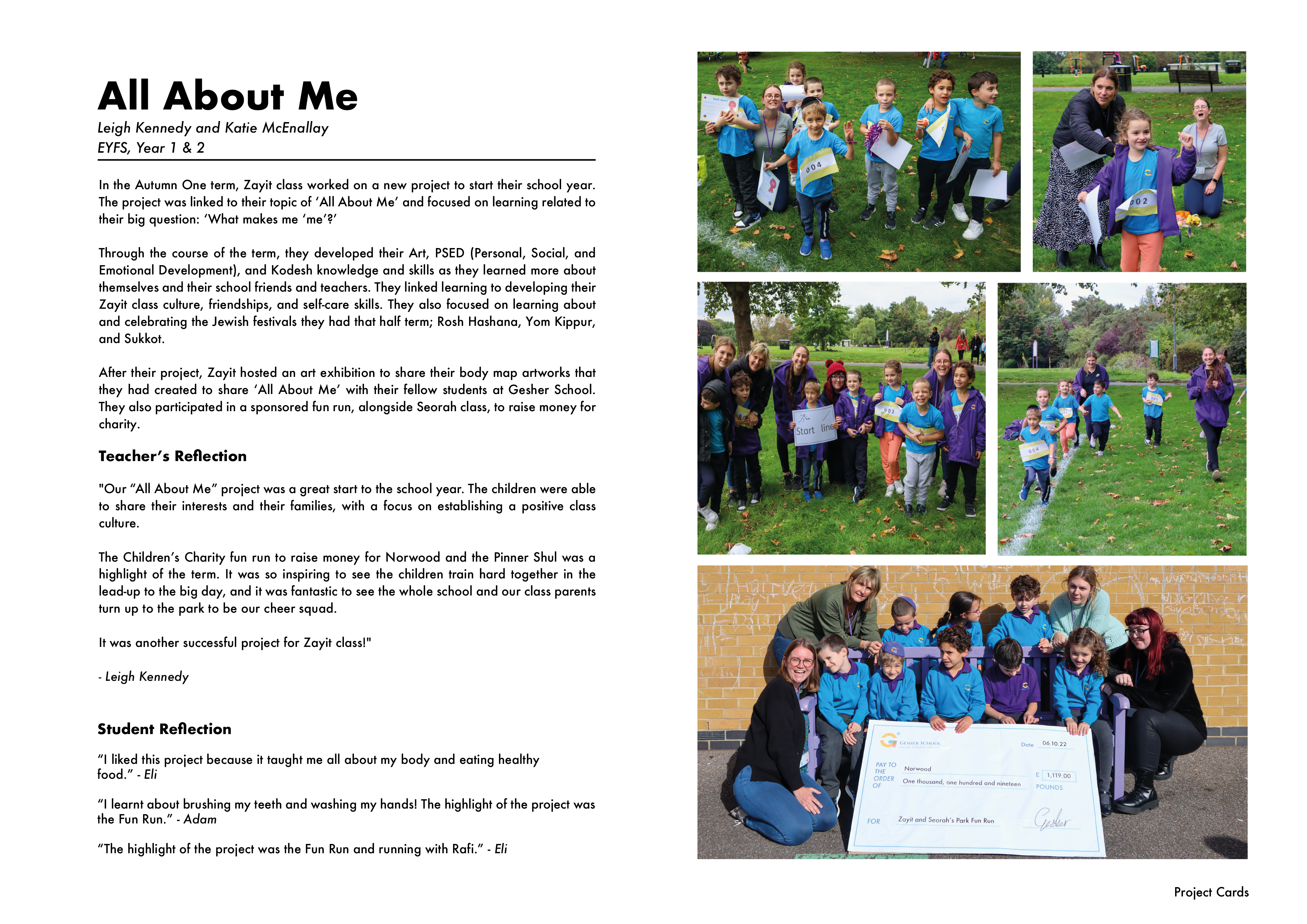



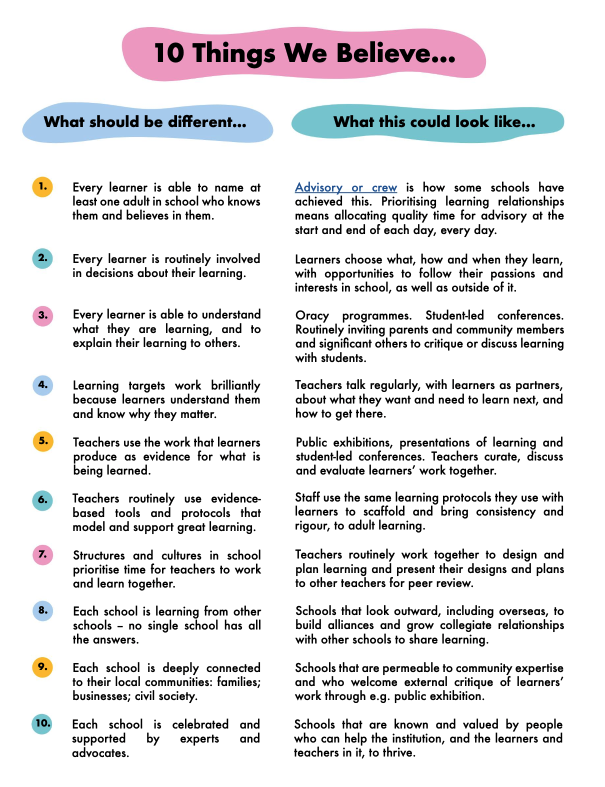
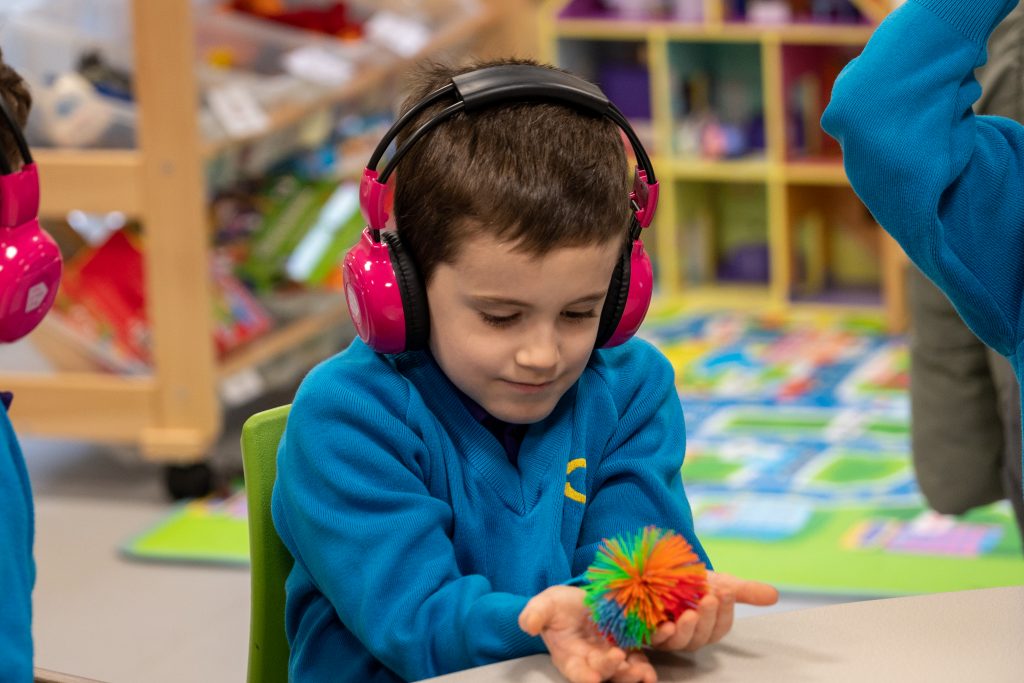
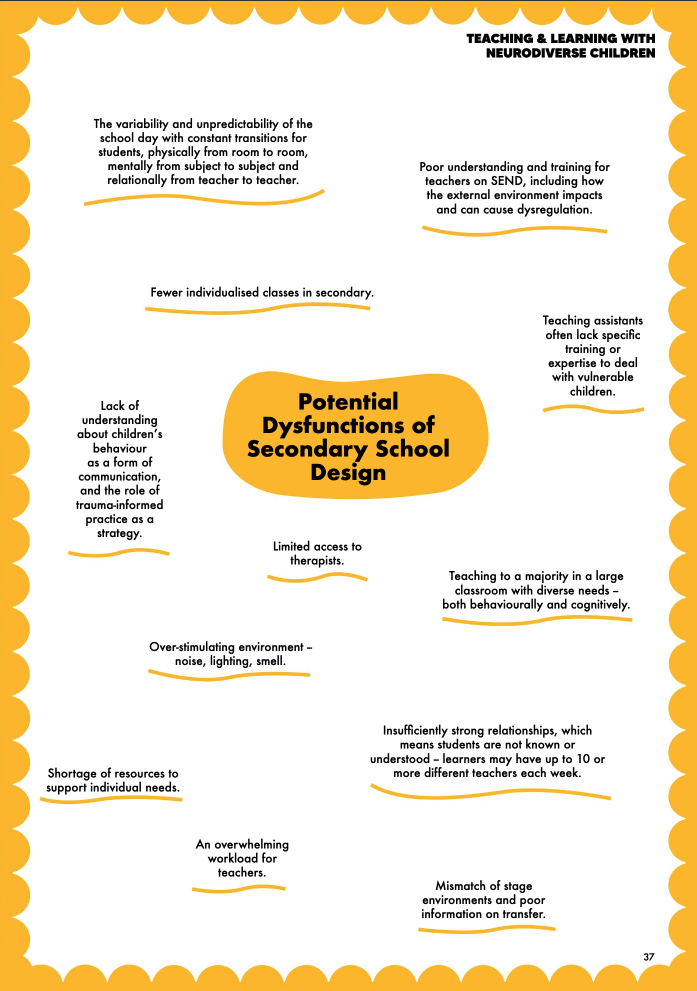
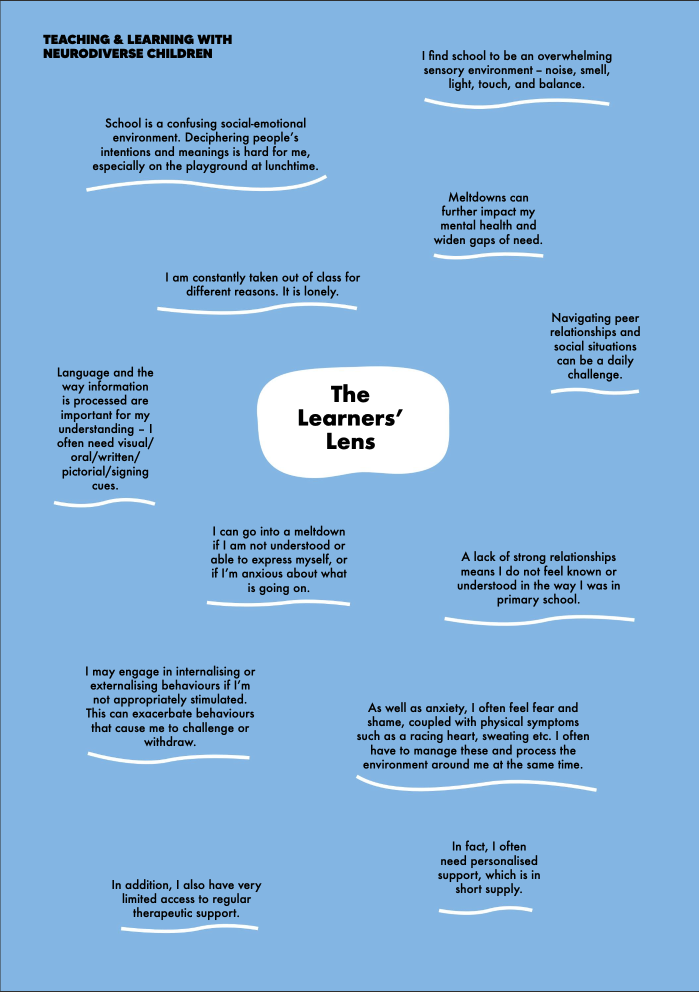
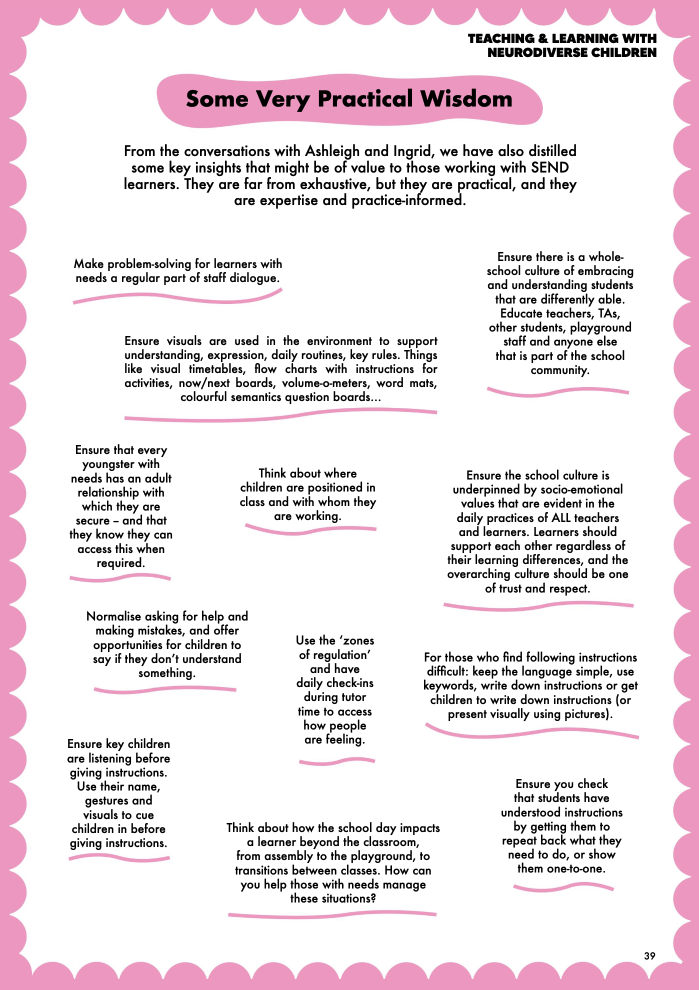
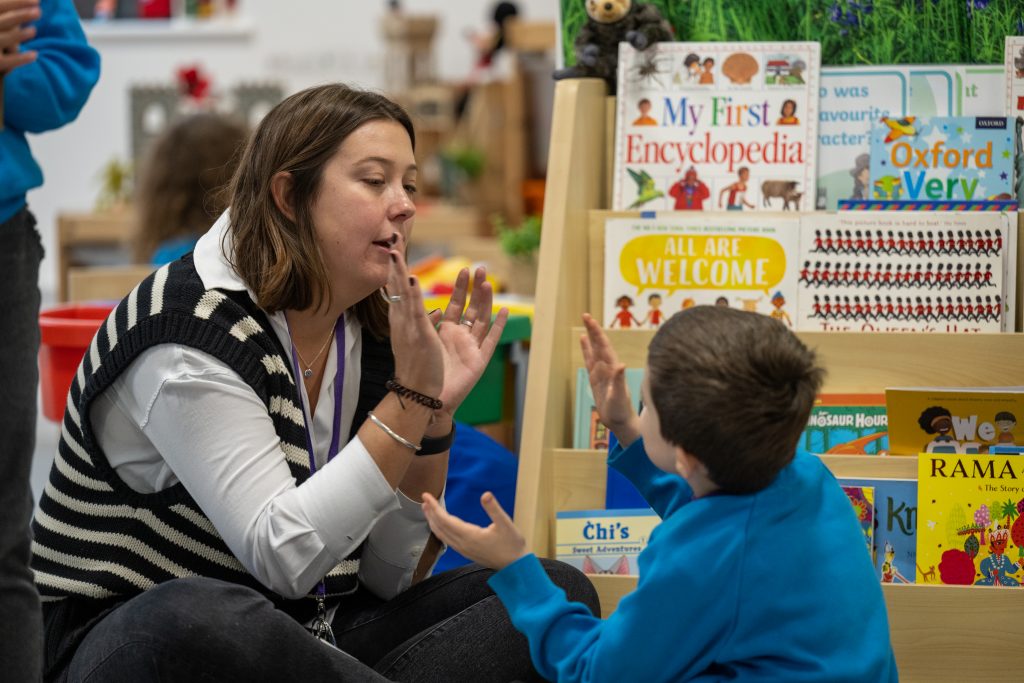

 Some Lessons For Any School
Some Lessons For Any School